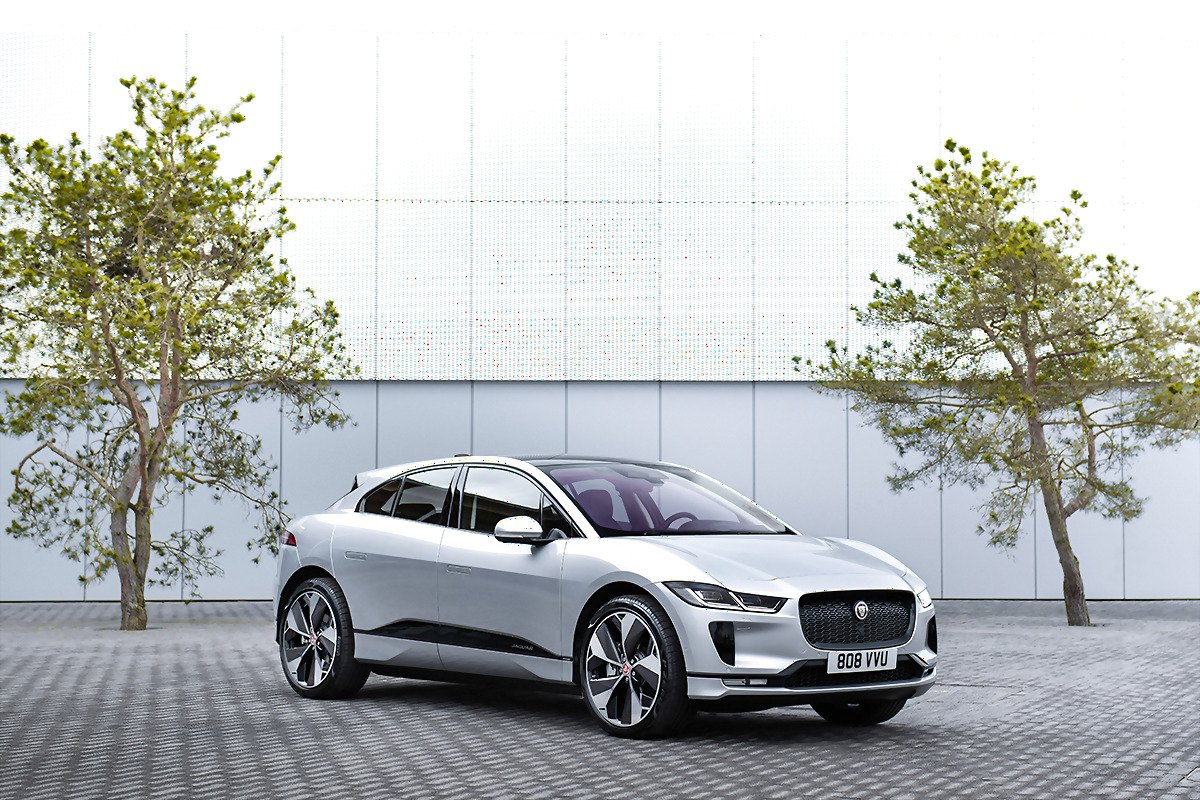
views
Rising fuel prices have become a cause of concern for commoners, who are forced to shell out as much as Rs 100 for a litre of petrol in some of the states in India. The diesel, on the other hand, is inching close to petrol with difference reduced to only Rs 5 per litre. The state-run oil marketing companies have hiked the petrol and diesel prices again today.
This is the 35th time fuel prices has been revised in last couple of months. After today’s revision, petrol price in Delhi stands at Rs 99.90 a litre. In Mumbai, petrol is all set to touch all-time high Rs 106. On the top of that, global warming is looming as a genuine threat, with news coming from Canada and Antarctica where temperatures have reached all time high.
Given these factors, the governments across the globe, including that in India, are pushing for more EVs on the road and the interest of buyers being on the fence, the sentiment in India is quite interesting. We have a quick refresher for you about the most popular electric vehicles in the Indian market right now.
Tata Nexon EV
So starting out the list with a homegrown manufacturer, the Tata Nexon EV. Now there are a plenty of reasons to go for the Nexon in a breath. To start off with, the Nexon EV comes as the most affordable electric SUV in India, being almost Rs 6 to 7 lakh cheaper than its closest rival, the MG ZS EV. In addition to this, the numbers on the car are nothing short of impressive as well.
The Tata Nexon EV gets a 30.2 kWh battery that promises a range of a little over 300km on a single charge. The car comes with two driving modes ie Drive and Sports, the latter of which gives you the complete power. Speaking of which, the car gets a Permanent Magnet Synchronous Motor at the front that delivers 129PS of power and 245Nm of torque.
The Nexon EV can be charged with a 15A socket in bout 8.5 hours. With a Fast charger, the battery can be replenished to 80 percent in about 60 minutes
MG ZS EV
Now the ZS EV was MG’s second product in India and came at a time when the brand was still making its name, which suggests that it had to work a wee bit extra to stand out. And we are happy to report that it did not disappoint us. The ZS EV is a good looking car and closely resembles its petrol twin sold abroad.
The one motor on the ZS EV takes its juice from a 44.5kWh, liquid-cooled lithium ion battery. MG promises a maximum range of 340km which is a little bit higher than the Nexon EV. The motor puts out 143bhp and 353Nm of torque which gets it from a standstill to a 100kmph in just 8.5 second.
The ZS EV also comes with three driving modes ie Eco, Normal and Sport, that alters the throttle response and the power available to you.
In terms of charging, MG has installed 50kW DC Fast chargers at its dealerships. With it, the car can be charged up to 80 percent in 50 minutes. Additionally, the company will also fit a 7.4kW AC home charger that will take around 6 to 8 hours to be fully charged.
Hyundai Kona Electric
The Kona Electric was the first one to enter the Indian market in this list. Electrifying one of the most poplar badges around the world itself says something about Hyundai’s intentions behind the car. Now, the Kona might be more expensive than the monikers we discussed till now, but the premium price also brings along some premium aspects on the table.
Starting with the battery, the Kona Electric gets 39.2-kilowatt-hour lithium-ion polymer battery which, according to Hyundai, offers an ARAI claimed a range of 452 km. This clearly surpasses the range we have seen up until now. You get four driving modes including Eco+, Eco, Comfort and Sport.
Mercedes-Benz EQC
Now we climb up a few rungs to the premium segment of electric cars. And all eyes on the Mercedes-Benz EQC. Unlike the first three models, the idea of EQC is not to make the EV experience more affordable and bring it to more people, instead it is to reach as close as possible to the pinnacle of what an EV can offer. Hence its price tag that starts a little over Rs 1 crore.
It gets a big 80kWH battery pack and a single-speed gearbox sending power to the wheels and you also get the Mercedes 4MATIC AWD system. Mercedes claims an NEDC range of 450km. This means the EQC is capable of delivering 400bhp and a whopping 760Nm of torque.
It gets four driving modes namely Eco, Comfort, Sport, and Individual and also comes with four levels of regeneration. With the paddle shifters behind the steering wheel, you can toggle between five settings D Auto, D, D+, D-, and D–.

Jaguar i-Pace
The i-Pace is my opinion is the prettiest one in the list but that is not a surprise since it’s a Jaguar. It lies in the ame ballpark as the Mercedes-Benz EQC with prices starting at Rs 1.06 crore.
Jaguar claims a range of 470km in a single charge from the 90 kWh, Lithium-Ion battery placed under the floor. The car gets two synchronous motors at each axle combining the output to 394bhp and 696Nm of torque. Jaguar claims that the battery can be charged up to 100 per cent in 14 hours with a 7.4kW AC charger, in 4 hours with a 25kW DC charger and in just 2 hours with a 50kW DC charger.
In addition, Jaguar Land Rover customers will be able to charge their Jaguar I-PACE using Tata Power’s EZ Charge Network with over 200 charging points across the country.
Read all the Latest News, Breaking News and Coronavirus News here.



















Comments
0 comment